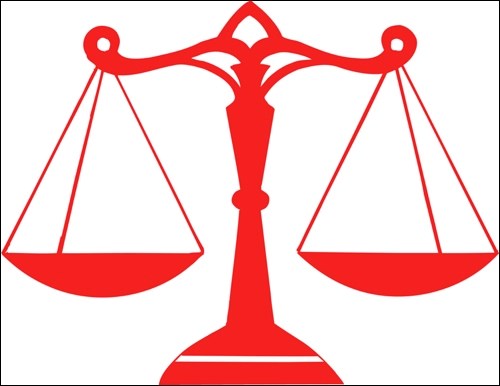Justice Nicholas Kasirer, who is to begin on the Supreme Court on Sept. 16, recently underwent a process with much less fanfare and public awareness than did U.S. Supreme Court judge Brett Kavanaugh in the fall last year.
The Canadian Supreme Court process involved a search that recommended candidates to the Prime Minister, and Kasirer filling out a publicly-available questionnaire. The Prime Minister selected Kasirer.
Kasirer’s long resumé includes 20 years teaching law at McGill University. He was appointed to the Quebec Court of Appeal in 2009.
Kasirer is to represent Quebec on the Supreme Court. Quebec is to have three seats on the Supreme Court at all times. The Supreme Court has a total of nine seats.
By contrast, Saskatchewan has had three Supreme Court judges since the beginning of the Supreme Court in 1875.
A reason for Quebec’s seats concerns the development of Canadian law as Britain and France colonized North America. Canada uses the common law tradition of Britain and the civil law tradition of France in a form of law called bijuralism.
Kasirer has written extensively on bijuralism and civil law.
Yet some things about Kasirer aren’t well known to the public.
Another part of the Supreme Court selection process is a parliamentary hearing, which legal professionals Mark Mancini and Andrew Bernstein agree aren’t sufficient.
According to Mancini, writing on the law blog Double Aspect, Kasirer couldn’t talk during the hearing about past decisions as a Court of Appeal judge, he couldn't be asked about judgments he would give, or be asked to take a position on “controversial” issues.
The American Supreme Court selection process, by contrast, can be highly partisan.
In the United States, appointments must be approved by the Senate as part of the Senate’s “advice and consent” function, which can lead to political drama.
According to Bernstein, Canadian separation of powers is blurrier, and the prime minister is presumed to have the confidence of the House of Commons for all purposes, including appointments.
Former Prime Minister Stephen Harper implemented the hearing part of the Supreme Court appointment process in 2006, but didn’t use the process for three of his Supreme Court picks.
Under the Canadian constitution, the Supreme Court has considerable decision-making power, such that some accuse the Court of “judicial activism.” Canadian Supreme Court judges are also less concerned than some American judges with “originalism,” a theory that involves trying to interpret the law based on the original intentions of the framers of the Constitution.
The logic of the parliamentary hearing was that “since the Supreme Court now has a great influence on Canadians’ lives, we should demand greater transparency and accountability for its judges,” Bernstein wrote.
To improve the hearings, Mancini suggested allowing Parliamentarians to ask better questions.
Bernstein suggested discontinuing the “fake hearings for the purposes of fake accountability” and instead question the minister of Justice and prime minister about the selection.
On the morning of Kasirer’s hearing, the Minister of Justice answered questions from the Standing Committee on Justice and Human Rights, the committee of various MPs that questioned former Minister of Justice Jody Wilson-Raybould.
The parliamentarians conducting Kasirer’s interview, Bernstein wrote, didn’t have decision-making power. This could change if the committee were given a veto.
“But no PM will do this because it means giving up one of his or her most important prerogatives,” Bernstein wrote.
As the hearing is currently, Bernstein wrote, Supreme Court nominees have one job: “don’t embarrass the prime minister.”

.png;w=120;h=80;mode=crop)


